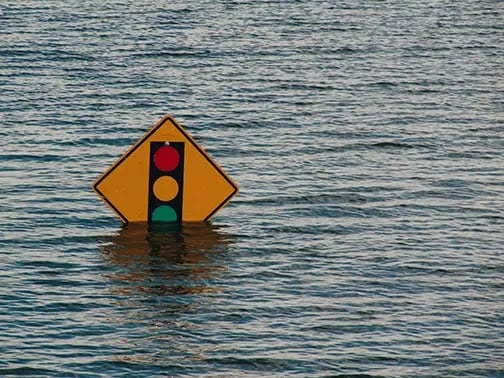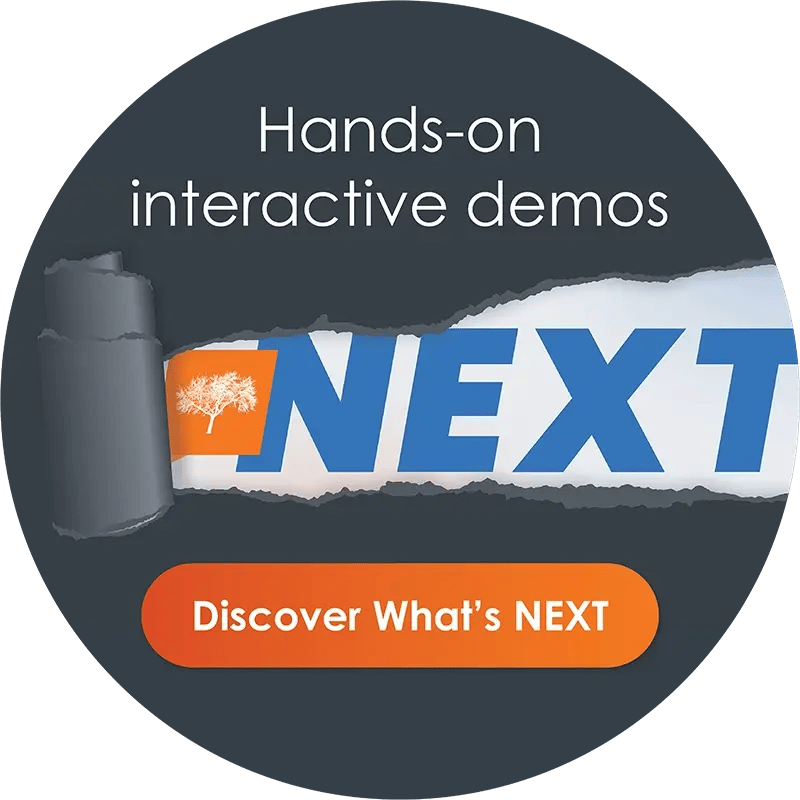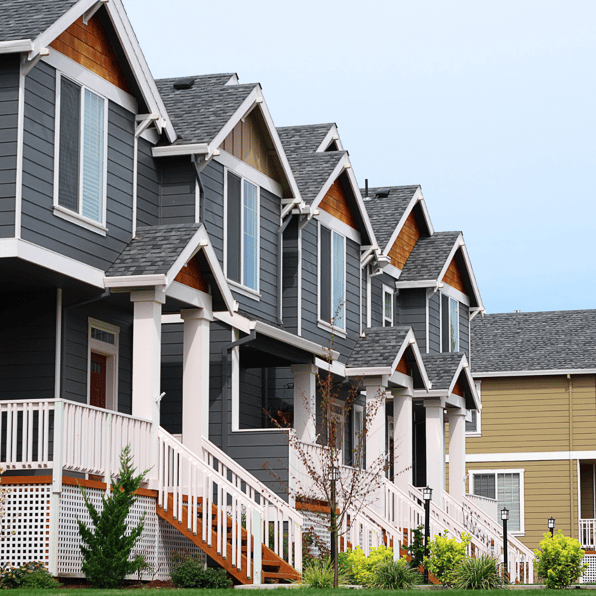Best Practices for Disaster Preparedness in Senior Living Communities

You can’t predict the future, but you can be prepared for it. Emergency and disaster preparedness is paramount for any senior living community and for all of the individuals who reside there. A recent study found that seniors are the least likely to be prepared to care for themselves after a natural disaster or emergency. For those who live alone, the risk skyrockets.
Part of the reason many families choose senior living and assisted living communities is the increased safety and security. Is your senior living community living up to expectations? We have all the tips and insights you need to create a disaster and emergency response plan efficiently and effectively.
Understanding the Need for Emergency Preparedness
When disaster strikes, the elderly population has the most vulnerabilities. While your community may be generally safe and secure, there are some natural and man-made emergencies you can’t anticipate, including:
- Extreme heat or cold combined with power outages or equipment failures (e.g. HVAC system)
- Severe weather (e.g. tornado, hurricane, winter storm, flooding, etc.)
- Epidemics and pandemics
- Widespread fire
- Bomb threats and violent intruders
Another potential risk arises if, due to one of the emergency situations listed above, evacuation procedures become necessary. Quick relocation of compromised or vulnerable residents can be extremely problematic, leading to other health and safety issues.
While you don’t always know these crises are coming, you can be ready to face them head-on, while protecting your staff and your senior population.
Steps to Create an Effective Emergency Plan
It’s likely you already have a disaster preparedness plan for your senior living community, but it’s wise to audit and update it once every year. If you’re just starting to draft your plan, or you’re ready for an update, here are some of the steps you should take to ensure you’ve got all your bases covered:
Step 1: Risk Assessment
Some risks will be obvious, while others are not. For instance, if your senior living community is in Florida, you already know that hurricanes are weather events for which you must be prepared. You may not, however, have data that shows how many residents are fall risks in the event of evacuation.
To start assessing the risk of your senior living community, get to know the emergency service providers in your location. They hold a wealth of information, and they can give you insights on what to do when an emergency occurs and you need to request their services. It’s also helpful to check in with utility providers and know how to contact them during a power failure or crisis.
To truly dive deep into risk assessment, it can help to use a data management system that can analyze trends and provide actionable insights so you know what steps to take when the need arises.
Step 2: Plan Development
Every senior living community must have a disaster preparedness plan documented and accessible at all times. Your emergency response plan should include the following:
- Emergency communications procedure and incident reporting process
- Warning protocols in advance of a potential disaster
- Emergency contacts and notifications
- Shelter-in-place and evacuation plans
- Isolation and quarantine procedures
- Emergency resident care and management plans
- Staff roles and responsibilities
- Post-evacuation re-entry protocols
You’ll want to make sure you have hard copies of your plan accessible in convenient locations throughout the organization, as well as digital copies available to staff.
Step 3: Resources and Supplies
Your biggest resource is your staff, so you need to manage your staff members to ensure your residents will be adequately cared for in any situation. But when you have high-acuity residents, supplies are equally important. You may want to explore creating a weeklong (or more) stockpile of extra supplies and resources in case of common types of emergencies, including:
- PPE for use in epidemic or pandemic situations
- Shelf-stable foods and clean water
- Medical and first-aid supplies
- Batteries, flashlights, generators, and backup power supplies
- Fire extinguishers, fire blankets, and evacuation ladders
- Toiletries and sanitary items like toilet paper, soap, hand sanitizer, etc.
Make sure emergency supplies are kept secure and only accessed when indicated in your emergency preparedness plan.
Step 4: Training and Drills
Once you have a plan in place, you need to make sure all staff and residents understand what is expected of them in the event of an emergency. This may be as simple as distributing a guide containing the highlights of your disaster preparedness plan, but it may also require additional training for staff members or drills for residents. Fire drills and tornado or other severe weather drills are important to ensure everyone knows where to go, and so you can easily get a headcount and know if you have residents missing.
It may not be feasible to move all residents in and out of their living spaces for regular drills. If not, you will need to train staff accurately on how to communicate, manage, and keep count of residents.
Leveraging Technology in Disaster Preparedness
Emergency management can be an overwhelming task, but it is critical to the health and well-being of your residents and your staff members. The right risk management software can use resident data to determine how much risk your community has, and how to mitigate it appropriately.
How else can a senior management software improve your disaster readiness?
Communication Systems
Communications are your top priority when crafting an emergency preparedness plan, but how do you translate the plan into real life? Having the right integrated software platform will allow you to keep accurate and updated contact records for all residents, family members, and staff, so you can be assured your communications will be received in a timely manner. You can also use the platform to send real-time alerts and information, so everyone is aware of what’s happening each moment.
Data Protection and Accessibility
Natural disasters are only one type of emergency you’re protecting residents from. There are other elements of safety you need to consider, such as data security and privacy. You need to know that the senior management software you use is secure enough to protect resident’s personal information, yet allow you and your staff to access it quickly when needed.
- Related article: An Overview of CRM Data Security Standards
Monitoring and Alerts
Keeping tabs on residents is part of managing their safety. You may want to explore using wearables, integrated with an end-to-end software solution, to monitor vitals and other health indicators, and keep an eye on location. This is especially useful in a situation that requires mass evacuation or re-entry.
Implementing the Plan
Part of implementing your emergency preparedness plan is storing, updating, and managing access to it. The right software will help you do that securely, and it will ensure that you can access and reference your plan whenever you need. Your senior management software will also help you send alerts and communications, as noted above, so everyone can be a part of your well-executed plan.
How Eldermark NEXT Can Help With Disaster Preparedness
To prepare for an emergency or disaster, you don’t just need a senior management software system — you need the right system. That’s where Eldermark NEXT comes in. Eldermark NEXT is a next-level, comprehensive platform that can help you seamlessly run your business while providing a safe and healthy environment for residents. It’s an all-in-one solution, so you don’t need to worry about incompatibility, and it offers quick and smooth onboarding and training for staff. In an emergency, it will be your most valuable resource, and it may even save lives. Want to learn how? Book your demo today!




